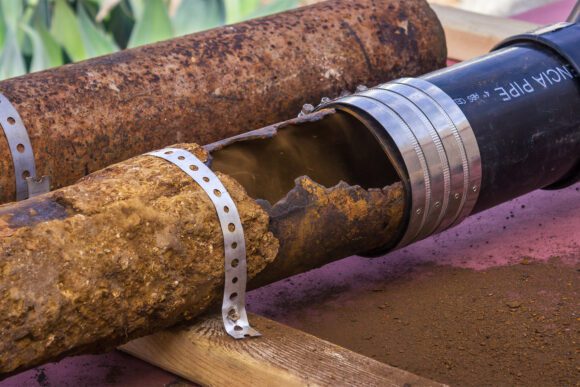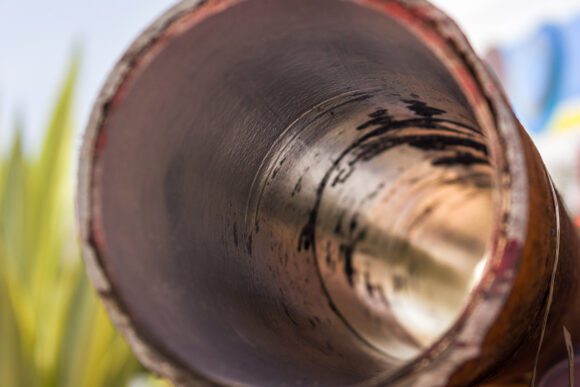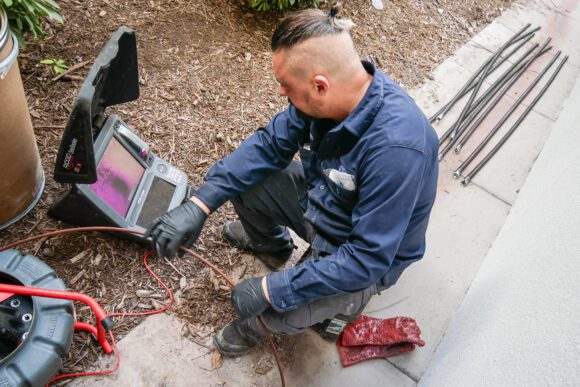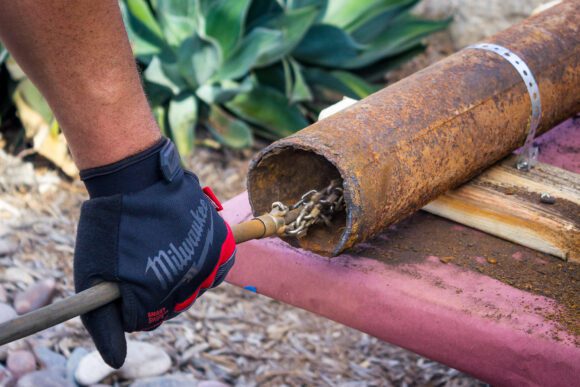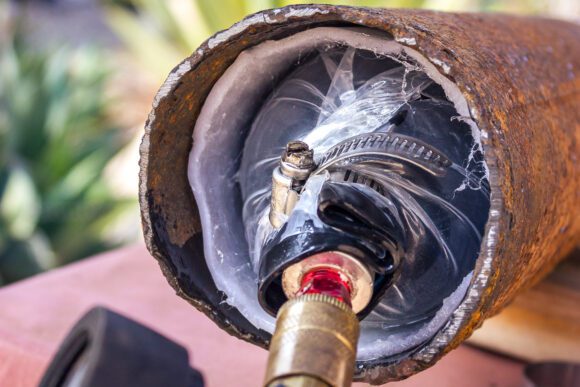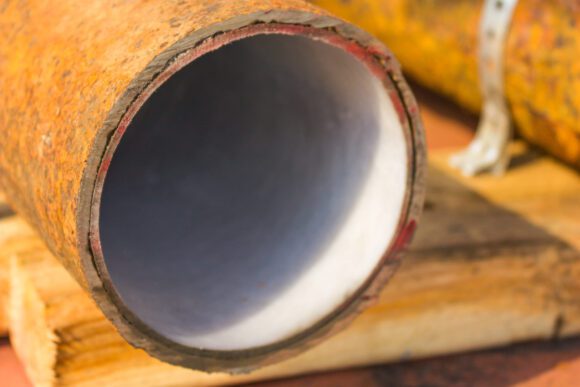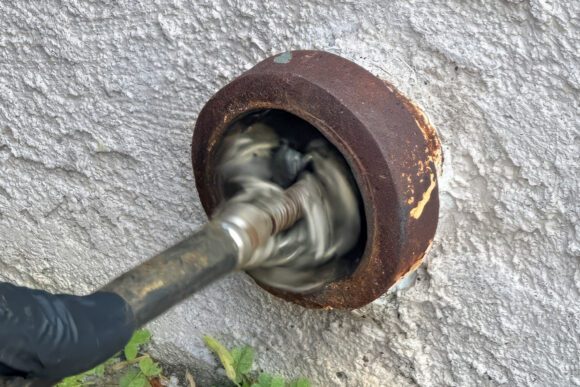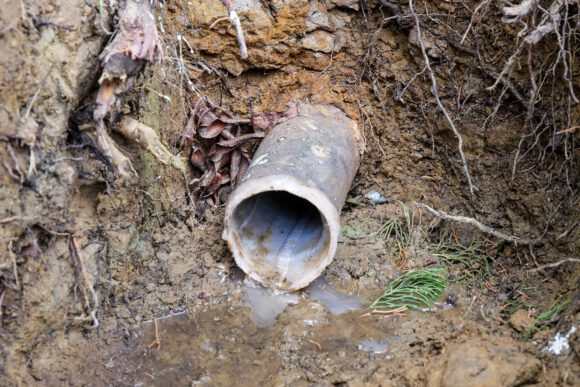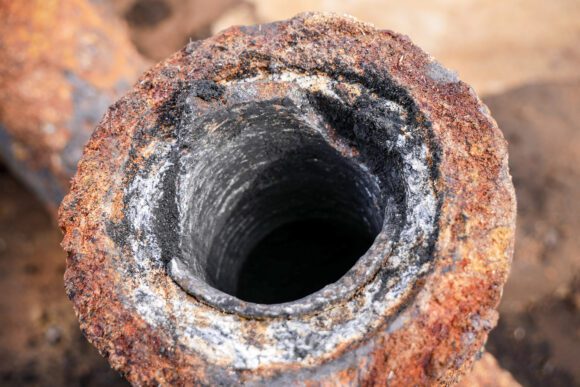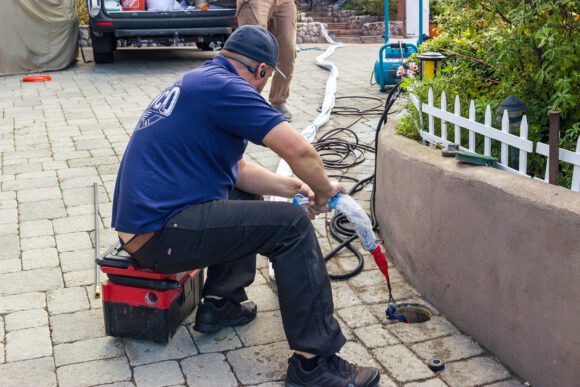CIPP epoxy pipe lining is an advanced alternative to traditional pipe repair and replacement methods. In San Diego, many homes, especially those built before 1970, often have aging, deteriorating pipes that are in need of an upgrade. With CIPP epoxy lining, these old pipes are quickly and cleanly transformed into new ones with minimal disruption to your property.
This trenchless technology eliminates the need for digging up your yard or tearing down walls. The epoxy lining process typically takes only a few hours to complete, and your system is ready for use soon after the resin cures.
CIPP lining significantly reduces the risk of secondary damage to your property—by up to 95%—helping to protect valuable features such as hardwood floors, kitchen cabinets, and concrete driveways.
 Trenchless Technology
Trenchless Technology No excavation and minimum disruption to roads, landscapes, buildings, and other infrastructure.
 Cost-Effective
Cost-Effective Lower costs compared to standard pipe replacement, with up to 40% savings on repair costs.
 Adaptability
Adaptability CIPP can be used to rehabilitate pipelines made from various materials, including those with bends, varying diameters, or multiple lateral connections.
 Long Lifespan
Long Lifespan The new pipe is resistant to corrosion, root intrusion, and chemical damage , with a lifespan of over 50 years.
 Suitability
Suitability It can be applied to pipes of various sizes and lengths, including those with corrosion, leaks, cracks, root intrusion, or even partial collapse.
At Epoxy Pipe Lining San Diego, a division of Almco Plumbing, we take pride in our expertise in CIPP epoxy pipe lining. With over 20 years of experience and a strong commitment to quality, we offer a 5-year warranty on our work and a 50-year lifespan for our pipe lining solutions.
What is CIPP Pipe Lining Technology?
Cured-in-Place Pipe (CIPP) is a trenchless pipe rehabilitation method that involves inserting a flexible liner into an existing damaged or aging pipe. The liner, typically made of resin-impregnated material, hardens once cured, creating a new, durable pipe within the old one.
CIPP is widely regarded as one of the best methods for pipe repair and replacement due to its minimal disruption, cost-effectiveness, durability, and environmental benefits. Its ability to restore pipes without extensive excavation, along with its adaptability to various pipe conditions and environments, makes it an ideal solution for sewer and water system repairs.
Cured-in-Place Pipe (CIPP) epoxy pipe lining is an advanced trenchless technology used for sewer pipe repair and rehabilitation. With the CIPP process, we can repair your pipes without the need for extensive digging, helping to preserve your landscaping, floors, and walls from damage. In just 1-3 days, you’ll have a newly lined pipe that can last for up to 50 years.

Vlad Khorenko, CEO, Almco Plumbing
